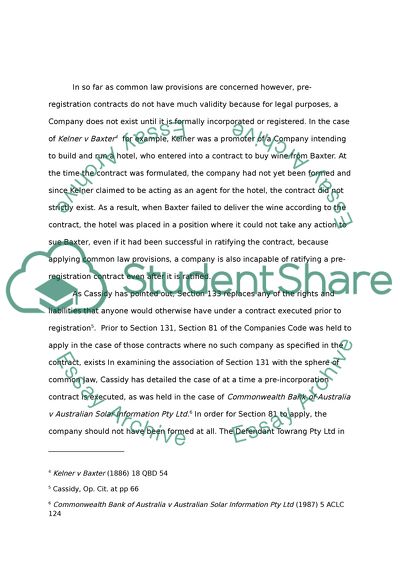Cite this document
(Concise Corporations Law Case Study Example | Topics and Well Written Essays - 2000 words, n.d.)
Concise Corporations Law Case Study Example | Topics and Well Written Essays - 2000 words. Retrieved from https://studentshare.org/law/1741689-corporate-law
Concise Corporations Law Case Study Example | Topics and Well Written Essays - 2000 words. Retrieved from https://studentshare.org/law/1741689-corporate-law
(Concise Corporations Law Case Study Example | Topics and Well Written Essays - 2000 Words)
Concise Corporations Law Case Study Example | Topics and Well Written Essays - 2000 Words. https://studentshare.org/law/1741689-corporate-law.
Concise Corporations Law Case Study Example | Topics and Well Written Essays - 2000 Words. https://studentshare.org/law/1741689-corporate-law.
“Concise Corporations Law Case Study Example | Topics and Well Written Essays - 2000 Words”. https://studentshare.org/law/1741689-corporate-law.


